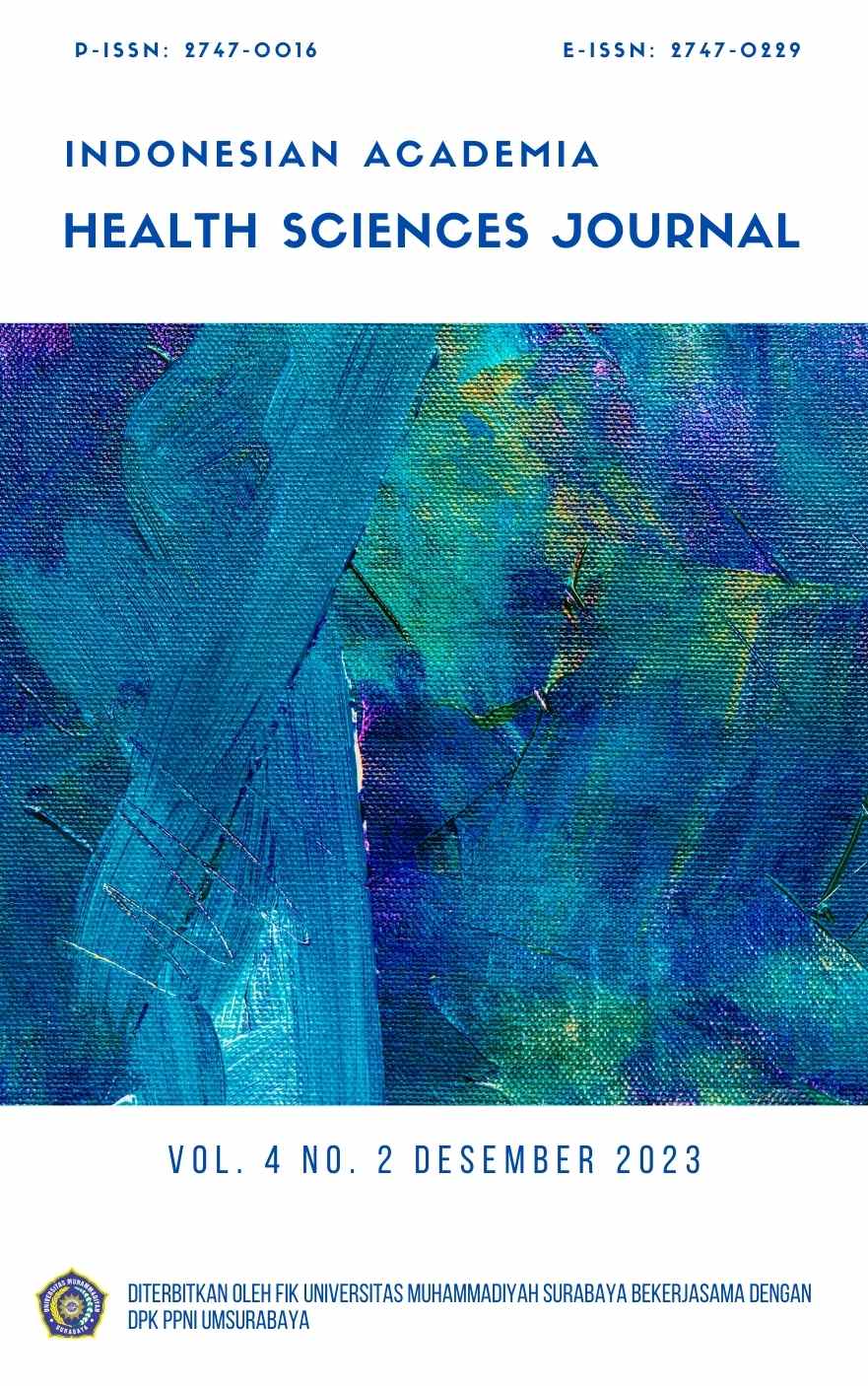Pengaruh Pelatihan Kader terhadap Peningkatan Keterampilan Pengukuran Tinggi Badan dan Penilaian Status Stunting pada Balita
Abstract
Background: Stunting is still one of the global national and international issues experienced by toddlers in the world because stunting can cause physical and functional disruption of the body and increases the risk of degenerative diseases as adults. Apart from affecting health, stunting will have an impact on intelligence levels. Stunting indicators are Body Length and Height according to Age, indicating short or very short body conditions in toddlers based on the level of nutritional status. Government regulations specify that the government is responsible for ensuring that every citizen, including children, receives basic health services. Monitoring the growth and development of toddlers can be done at Posyandu. An understanding of monitoring child growth and development is very important for health workers and posyandu cadres as the spearhead of health in the community. Cadres' skills in monitoring children's growth and development are expected to be able to determine children's nutritional status and developmental status accurately. Posyandu cadres must have competence in anthropometric measurements and assessing the nutritional status of infants and toddlers. Some studies show that the majority of cadres still lack skills in measuring anthropometry.
Aims: Researchers want to know the effect of cadre training on improving height measurement skills and assessing stunting status in toddlers in Parsanga Village, Sumenep Regency
Methods: This research is experimental research using a pre-experimental design with a One Group Pretest Posttest design. The subjects in this study were posyandu cadres, the number of samples taken in this study used a total sampling technique (45 respondents)
Results: Almost the majority (42.2%) of the cadres are aged 20-40 years, and the education of the majority of respondents (55.6%) is high school (SMA/SMK/MA), the length of time they have been in the cadres for almost half of the respondents is less than 5 years (44.4%) and the majority of respondents (77.8%) have never attended training related to improving toddler anthropometric measurement skills or training on stunting prevention.
Based on the results of data analysis using the Wilcoxon test, there was an increase in skills in measuring height and assessing stunting status in toddlers after training with a p-value of 0.00
Conclusion:There was an increase in cadres' skill scores in measuring toddlers' height before and after training with a p-value of 0.000, as well as an increase in cadres' skill scores in assessing toddlers' stunting status between before and after training with a p-value of 0.000.
Keyword: cadre training, height measurement, stunting
Full text article
Authors
Copyright (c) 2024 Rasyidah Rasyidah

This work is licensed under a Creative Commons Attribution-NonCommercial-NoDerivatives 4.0 International License.

